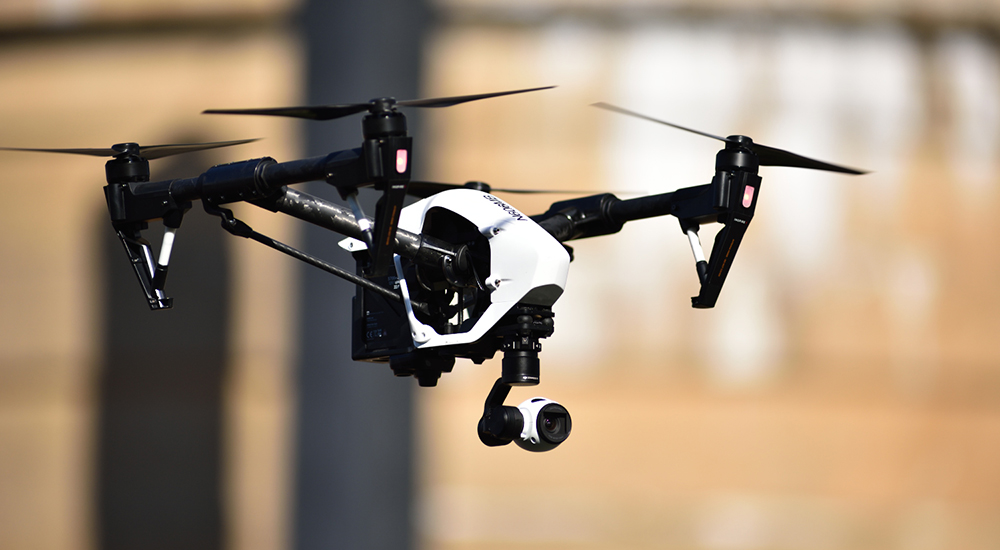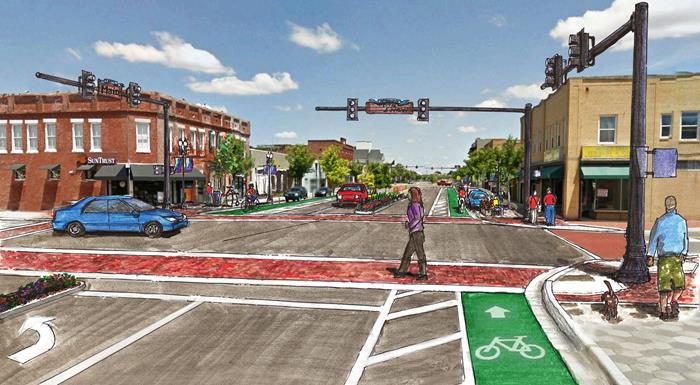Pittsburgh (November 29, 2016) - Michael Baker International, a global leader in engineering, planning and consulting services, recently completed a nearly $7-million project for the Pennsylvania Department of Transportation (PennDOT) to collect data from more than 8,600 traffic signals across the state. During the course of one year, the Michael Baker team—working with PennDOT’s Traffic Signal Asset Management System (TSAMS)—collected nearly 20 million data fields for each of the 8,623 traffic signals analyzed, which populated a centralized database to support PennDOT’s future planning, design, maintenance and operational decision making.
With the passage of Pennsylvania Act 89 in 2013—a comprehensive piece of state transportation legislation that calls for an additional $2.4-billion funding over five years—PennDOT identified traffic signals as an area of necessary investment. PennDOT established the Green Light-Go (GLG) Program to manage the dedicated traffic signal funding and corresponding maintenance and operations projects. A byproduct this program was implementation of TSAMS, for which Michael Baker led the data collection through coordination with the PennDOT Central Office and each of their eleven Engineering Districts.
“Pennsylvania is unique in that its traffic signals are owned and maintained by Commonwealth municipalities and not PennDOT, which has resulted in varying standards of maintenance and operation care from municipality-to-municipality,” said Steve Barber, vice president and Harrisburg office executive for Michael Baker International. “Michael Baker International was tasked with populating an easily digestible database of state-owned traffic signals to ensure consistency across the board to help accurately evaluate equipment, life cycles, budgets and other factors.”
To efficiently collect the necessary data, the Michael Baker team employed its cutting-edge mobile Light Detection and Ranging (LiDAR) technology. Michael Baker’s fleet of LiDAR-equipped vehicles survey an area by measuring the distance to a target by illuminating it with two laser lights – each which can measure up to 600,000 points per second with a total maximum measurement frequency of 1,200,000 points per second. The firm’s LiDAR equipped vans safely collected all visible assets to minimize traffic disruption and prevented technicians from working in traffic lanes. Since all LiDAR data was collected at the intersections, PennDOT can now review data on other non-signal infrastructure assets at the intersections.
To maximize the asset management database, Michael Baker’s data collection efforts were broken into three parts:
- Exposed Traffic Signal Infrastructure Assets: Mobile LiDAR equipped vans were driven to map entire intersections in three-dimensional point clouds, and corresponding spherical imagery was collected using a ladybug camera.
- Traffic Signal Cabinet Assets: A project-specific iPad mobile application (app) was developed to efficiently and consistently collect data. Field staff used iPads with the app to collect, store and transmit additional data to the database.
- Traffic Signal Records: Electronic files were transferred and attached to the database, and pertinent filed paper documents were scanned to retrieve information electronically.
“The completion of the TSAMS project demonstrated Michael Baker’s ability to use our proprietary technology platforms to collect and analyze data, seamlessly translating it to a platform with which our client is most comfortable,” added Mr. Barber.
More than 70 Michael Baker team members across nine offices took part in the project, which ran from August 2015 through June 2016. The resulting database is now available for all PennDOT and municipal stakeholders to access at: http://www.dot17.pa.gov/tsams/login.do.
About Michael Baker International
Michael Baker International is a leading global provider of engineering and consulting services, which include planning, architectural, environmental, construction, program management, and full life-cycle support services as well as information technology and communications services and solutions. The company provides its comprehensive range of services and solutions in support of U.S. federal, state, and municipal governments, foreign allied governments, and a wide range of commercial clients. Michael Baker International has more than 6,000 employees in more than 90 locations across the U.S. and internationally. To learn more, visit www.mbakerintl.com
###

